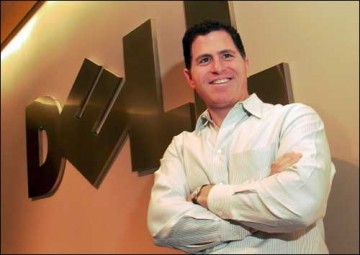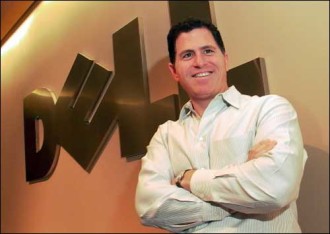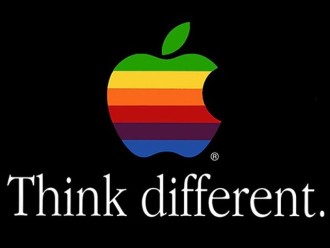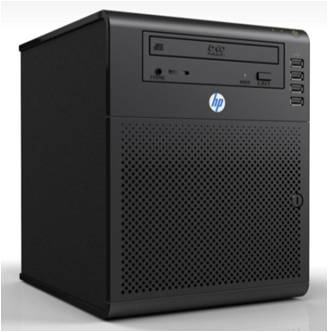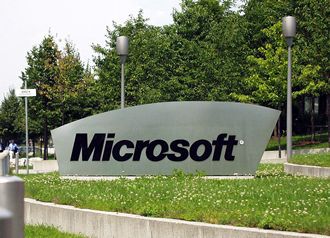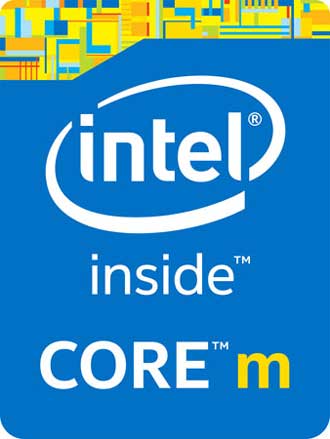A bevy of senior Dell EMC executives spoke to a bevy of tech hacks this morning and spelled out in detail their promise of reseller goodnesses for their mega storage and server businesses.
Speaking at the Canalys Channel Forum in sunny Barcelona, the company was quick to say it was prepared for the British exit from the EU (Brexit) from day one, and even before day one. It is talking to the UK government and to other bodies and organisations to ease the transition if and when and however it comes.
But, and relating to its channel strategy, Dell EMC said it had given its resellers a lower price, and “that forms a strong incentive to the channel. Large accounts worldwide are wide open. If our partners win that business they’re protected.”

Dell EMC’s Michael Collins showing determination
Dell EMC said it will be a partner led strategy.
“Speaking to our partners and what they want from us is to look at the opportunities that exist in our enterprise business. We have to give them the ability to sell right across the range of Dell’s product portfolio.
“We’ve looked at where the opportunities are for the channel. We’re putting a commitment to the channel in order to invest and win incremental business, to be protected and we’ve introduced “partner of record” – that means the customer is locked to the partner for a period of a year. It’s exactly what our partners asked for.”
Dell EMC said there are two flavours of its preferred programme.
“It’s not just for enterprise customers but we’ve expanded this to include commercial as well. The benefit for the partner is really simple. When partners sell more, they make more margin and revenue and it gives incremental opportunities. This is very much based around our storage portfolio.”
Further, Dell EMC is pushing into its enterprise IoT business for large organisations and will offer eight bundles aimed at specific environments.”
It’s the software that is the secret, the company claimed, and the bundles are related to large requirements such as energy requirements for connected organisations.
“It is not going to pay all the bills this year, next year or even the year after. These are early attempts to figure out how to promote this technology. We have IoT training for customers and partners and have made this available through our distributors.”
Around a half of its enterprise storage and server offerings are fulfilled through the channel, the company claimed.
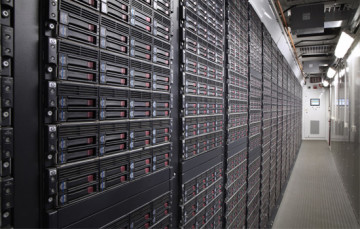 The COVID-19 outbreak has sparked a server supply shortage due to the shuttering of major hardware manufacturers in China.
The COVID-19 outbreak has sparked a server supply shortage due to the shuttering of major hardware manufacturers in China.